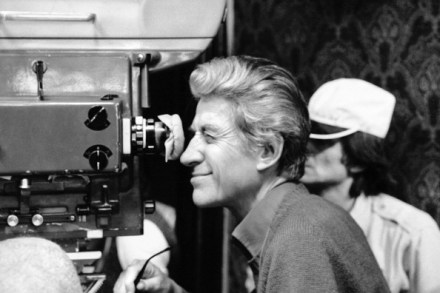Curtain walls, dreaming spires, crockets, finials, cantilevers, bush-hammered concrete, vermiculated rustication, heroic steel and delicate Cosmati work are all diverse parts of the architect’s vocabulary. But while Gothic, Classical, Baroque and Modern are well-thumbed volumes in his library of style, the architect’s real language is profound and prehistoric. Or, at least, it consists of prehistoric-style labels. So much of the ‘debate’ about architecture has been crudely adversarial with tweedy historicists, conservationists and pseudo-classicists supposedly lined up against antagonising, pitiless and chromium-plated technocrats, futurologists, social engineers and ditsy dreamers. With well-meaning intention, but ill results, the Prince of Wales set up a false opposition between stage armies of old and new.





















